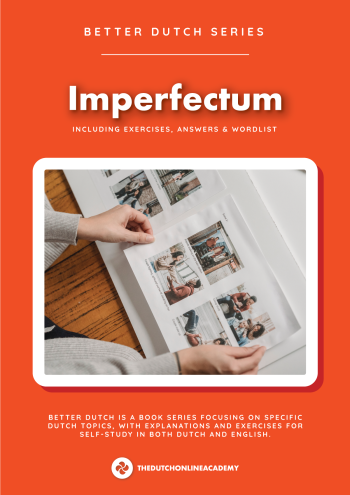Learn the theory
The difference between hun and hen in Dutch is not even that clear for many native speakers. There are basically two situations in which you use "hun". The first one is really easy:
1. Hun as a possessive pronoun
If something belongs to multiple people, you use "hun" (their).
- Dit is hun auto.
- Hun dochter heet Julia.
- Ik heb hun huis nog niet gezien.
Now this doesn't sound that complicated right? And it is the most important and most common use of "hun".
2. Hun as an indirect object (without a preposition)
Ok, here it gets confusing, even for many native speakers. So confusing, that some Dutch people even think you are using it wrong when you are using it correctly. That is why it is recommended that you only learn this rule if you really want to perfect your Dutch. It should not have priority.
You can use hun (them) to refer to an indirect object. Let's look at an example of an indirect object.
- Ik geef Peter en Maria het boek.
- Ik geef hun het boek.
- I give them the book.
- Ik geef het boek aan Peter en Maria.
- Ik geef het boek aan hen.
- I give the book to them.
So, as you can see, the indirect object is hun when you don't use a preposition but you could. If you choose to use a preposition, you use hen.
It is important to see that in the examples below we see a direct object, not an indirect object. This means you can only use "hen".
- Ik zie hen.
- I see them.
- Hij tekent hen.
- He draws them.
- Zij ontslaat hen.
- She fires them.
You could also use ze instead of hun and hen. Hun and hen are only used to refer to people. If you refer to things, you use ze.
Want to know more about pronouns? Practice here!
Practice with exercises
Pick the right pronoun!
comments
Login to leave a comment


![Learn Dutch with The double infinitive in Dutch [list of auxiliary verbs included]](https://images.ctfassets.net/f8l4gy5qxe00/7fpaN2iBE3h1xS7LRL8c0h/3bbebedc080cbf7eece73424c8e3918f/The_double_infinitive.png?w=350&h=495&q=50&fm=png)
